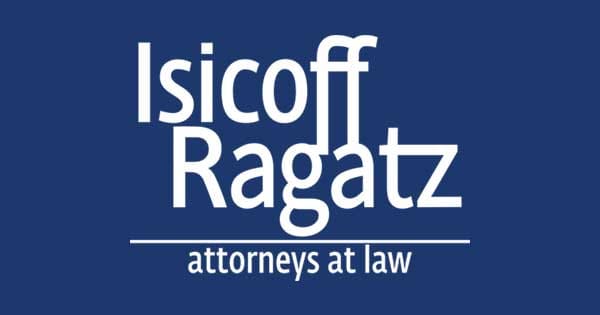Copyrights protect authors of original works and give them exclusive rights to reproduce the work, create derivative works, distribute copies and display the work publicly, among other rights.
The copyright belongs to the author who created the work, but copyrights can be granted to two or more parties as joint authors. Once a current copyright is in place, the protection lasts for the author or creator’s life plus 70 years. Other protection timelines may apply as well, depending on the work.
Copyright registration
The author can register for a copyright by filing a completed application form, a nonrefundable filing fee and a nonreturnable deposit with the U.S. Copyright Office.
The certificate of registration creates a public record of the work’s ownership, including the title of the work, its author, the copyright owner’s name and address, the year the work was created and whether the work has been published. It also establishes a claim to the copyright and is required before a copyright infringement claim can be filed in court.
Copyright notice
A copyright notice is used to inform the public that a copyright owner claims ownership of the work. It contains several elements which include the copyright symbol, the word “copyright” or an abbreviation, the year of the work’s first publication and the name of the copyright owner.
The copyright owner should be aware, however, that the work is not automatically protected outside of the U.S., depending on the laws of that country. A U.S. work may be protected if the other country has an international agreement with the U.S.
It’s important that the copyright process is completed correctly and an experienced attorney can help.

